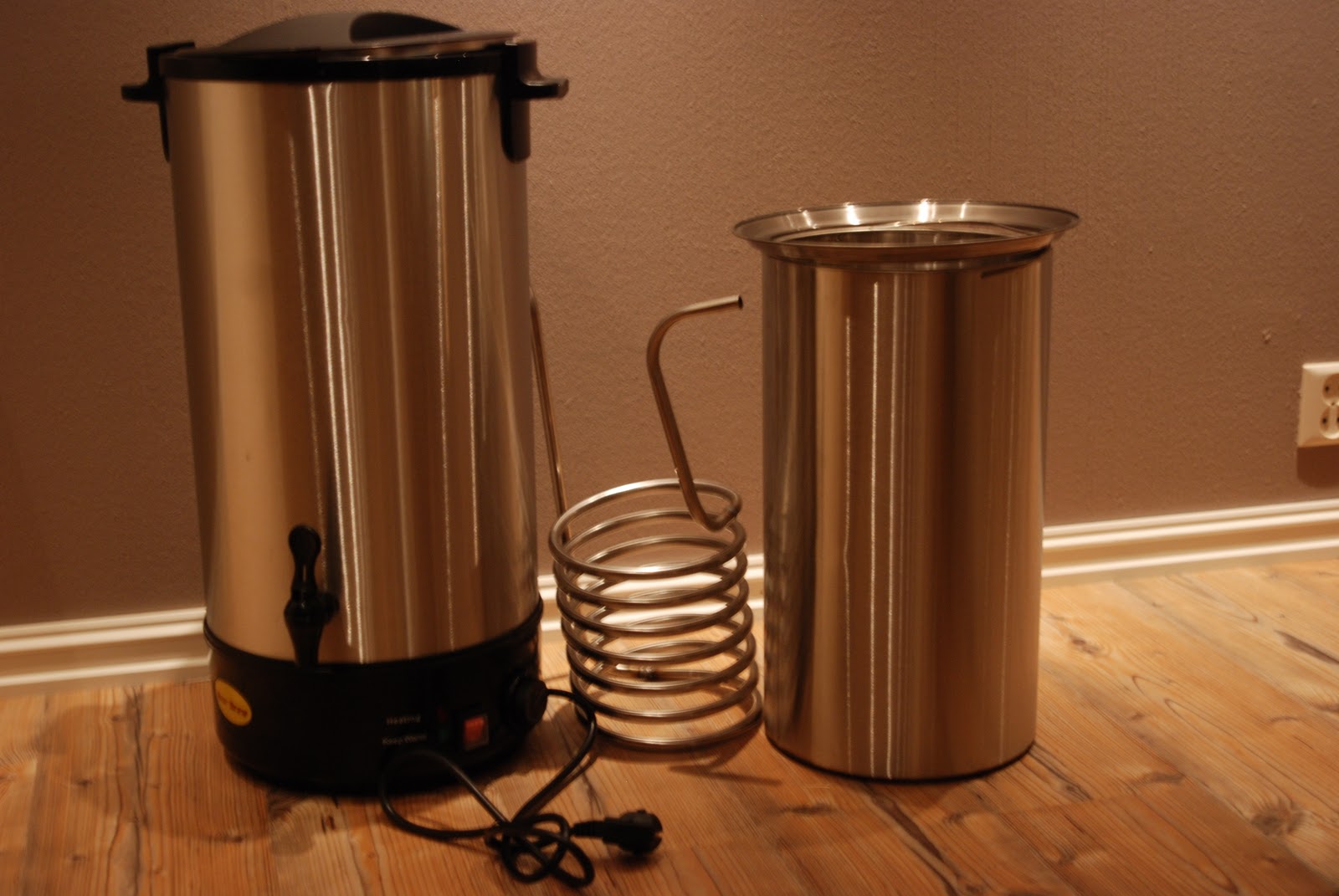Not a bad idea to use a 'settable' percentage as a ramping mechanism maybe.
I agree that placing the sensor in the middle of the mash in incorrect, I was using it as an exaggerated example to make the point. (the following is opinion) To make a similar point in a HERMS system design, you would NOT want to place the sensor in the wort flow path (which is the opposite of a RIMS, where you DO want to). You would want to place it in the HLT and have faith that thermal transfer laws do their job. In both system types, a PID may not be necessary as the mass of the wort/water when circulated back into itself sort of takes the place of a PID algorithm. It's different than when heating a solid object, like metal, which does not give you the option of recirculation where you have to 'plan' how long it takes to have thermal transfer from the heat source to the sensor. Sort of.

That was the point I was trying to make earlier about system design vs. PID.
Alpha - instead of a PID algorithm, you mentioned earlier about a place for a second sensor hookup. What if you used 2 sensors at the same time (in 2 different places in the system) and have the STC compare the 2? For example in a RIMS system, one sensor directly after the heater element. The other sensor maybe in the mash, or at the input of the heater element. When the controller compares the 2 and sees a large difference it allows the relay output to be on 100% of the time. However, when the temp gap difference closes, the outputs would ramp down to say, 5 seconds on, 5 seconds off, then 3 seconds on/off, then one second on/off.
Or simpler yet, have the STC simply take an average of the resistance of the 2 thermistors 100% of the time. It might be as easy as that. However, this may not be necessary either. Depending on whether this uses a PTC or NTC type thermistor, I think I can envision a physical way to do this without any coding necessary at all.
BTW, can this be made to use a K thermocouple instead?





